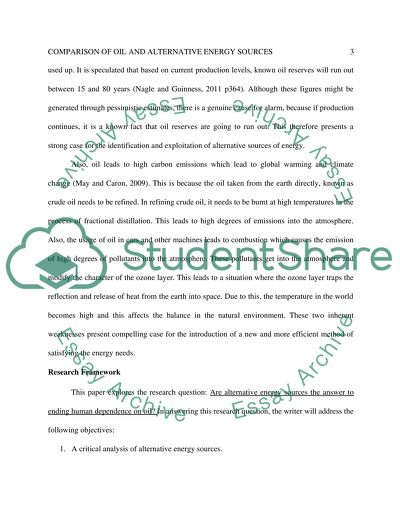Cite this document
(“Comparison of Oil and Alternative Energy Sources Research Paper”, n.d.)
Retrieved from https://studentshare.org/environmental-studies/1399449-are-alternative-energy-sources-the-answer-to
Retrieved from https://studentshare.org/environmental-studies/1399449-are-alternative-energy-sources-the-answer-to
(Comparison of Oil and Alternative Energy Sources Research Paper)
https://studentshare.org/environmental-studies/1399449-are-alternative-energy-sources-the-answer-to.
https://studentshare.org/environmental-studies/1399449-are-alternative-energy-sources-the-answer-to.
“Comparison of Oil and Alternative Energy Sources Research Paper”, n.d. https://studentshare.org/environmental-studies/1399449-are-alternative-energy-sources-the-answer-to.


